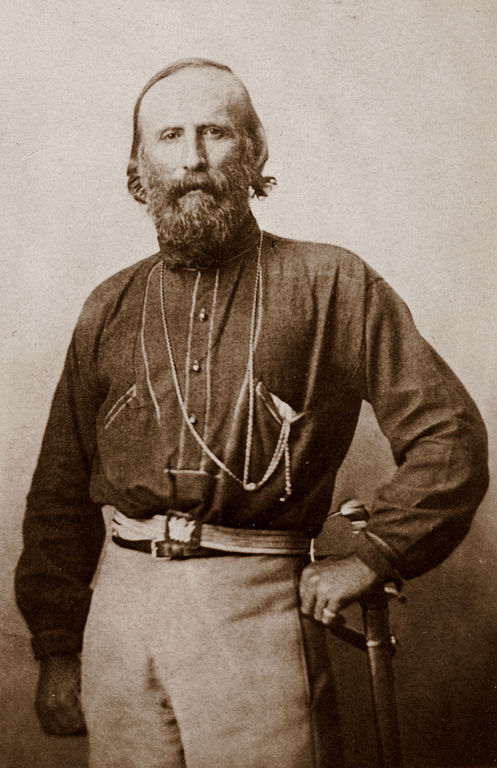Conflict: Italian Wars of Independence
Combatants: Neapolitans vs. Piedmonts
Location: Italy
Outcome: Piedmont victory
For decades Italians had sought to end the domination of the Neapolitan Bourbons in Naples. Until 1859, these attempts had been entirely unsuccessful. But in that year, with support from the premier of Piedmont (aka Sardinia) and Napoleon III of France, a soldier named Giuseppe Garibaldi would spearhead the military campaign to both oust the Bourbons and unify Italy.

Garibaldi began the "Expedition of the Thousand" by invading Sicily in May of 1860. He rallied the Italians there to revolt against Naples. He defeated the Neapolitans in three engagements before crossing over to mainland Italy with assistance from the British navy.
By November of 1860, Francis II of Naples and his remaining soldiers had been forced to retreat into Gaeta. But with 12,000 soldiers behind the walls, Gaeta was too strong to assault. Colonel Enrico Cialdini, commanding the Piedmont forces, chose instead to lay in for a siege.
In January of 1860, a fleet of Piedmont warships began bombarding the city. On February 13th, the city finally capitulated. Francis II abdicated and departed into exile. The rule of the Bourbons was over.

Points of Interest:
Cialdini was named Duca di Gaeta (Duke of Gaeta) for his victory over Francis.
The Kingdom of Italy was proclaimed one month after the fall of Gaeta.


________________________________________________________________________________________________________
Sources:
Dupuy, Trevor N., Johnson, Curt, & Bongard, David L. (1992). The Harper's Encyclopedia of Military Biography. New York: Castle Books (HarperCollins).
Dupuy, R. Ernest & Dupuy, Trevor N. (1993). The Harper's Encyclopedia of Military History. New York: HarperCollins.
Eggenberger, David (1985). An Encyclopedia of Battles: Accounts of Over 1,560 Battles from 1479 B.C. to the Present. New York: Dover Publications, Inc.
Opmerkingen